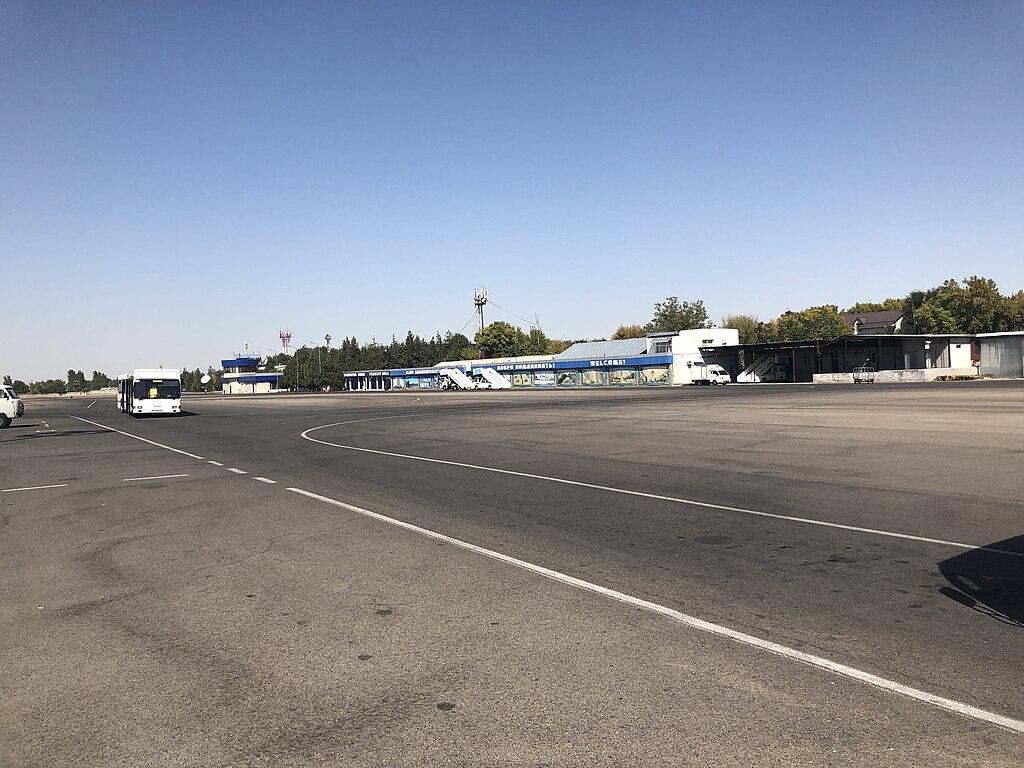
Shymkent International Airport where the Kazakhstan Airlines aircraft take off
Photo: Davide Mauro| Wikimedia Commons
On November 12, 1996, at 3:55 PM, a chartered Kazakhstan Airlines aircraft (an Ilyushin Il-76) took off from Shymkent, Kazakhstan, to New Delhi, an airport that has become one of the busiest in modern times. At the same time, at Delhi’s Indira Gandhi International Airport, a Saudi Airlines Boeing 747 (which is one of the biggest aircraft ever) with 312 passengers on board was preparing for takeoff.
Air Traffic Controller VK Dutta was on duty that day. He was communicating with both the Saudi and Kazakhstan planes, guiding them. He was the one who gave clearance for the Saudi’s Queen of the Skies to take off. Like on other working days, Dutta saw the two aircraft as blinking dots. However, over the course of his duty, he was to observe the two dots coalesce and ultimately disappear.
This was the worst aircraft accident that took place in India, and the only mid-air collision in the nation’s history. As the airplanes collided in Chakri Dadri, a city that is approximately 60 miles from Delhi, it is also referred to as the 1996 Chakri Dadri mid-air collision. After the collision, the residents of the city saw a bright flash of light in the sky, similar to lightning, followed by the sound of thunder alongside the fall of iron debris.
Little did they know at that time that workers would bury a Muslim victims of the disaster in a mass grave. whilst also preparing 70 funeral pyres for Hindu cremations.
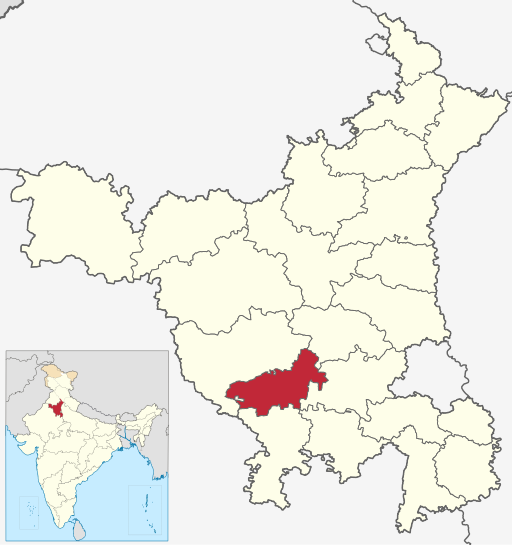
Photo: Ankit2 | Wikimedia Commons
India’s worst plane crash: History and background
According to the International Civil Aviation Organization’s standards, there should be at least 1,000 feet of separation between two planes, with a 14 km safety radius. However, this separation distance was not maintained during the flight. Generally, Air Traffic Controllers (ATCs) get information about the position of the flight from radar systems, which detect objects at a distance using radio waves.
Types of Radar
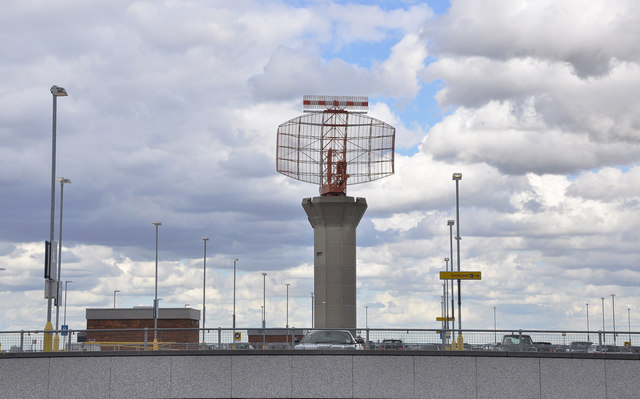
Photo: Mick Lobb | Wikimedia Commons
There are two types of radar:
- Primary radar: Primary radar, placed strategically around the world, emits radio waves. When an object, like an airplane, reflects these waves, the system calculates the distance based on the time it takes for the waves to return. Primary radar can determine the horizontal distance of an airplane but cannot provide altitude information. Secondary radar, which they did not use during the 1990s, helps to calculate the vertical distance.
- Secondary radar: Technology works by placing a transponder on the airplane, which receives radio wave signals from primary radar and responds with its own signal. This provides more reliable and precise information about a plane’s position.
If you want to know more about how aviation radar detects aircraft, you can read our guide below:
At the time of the Chakri Dadri mid-air collision, the ATCs relied solely on the primary radar, which wasn’t as reliable as a secondary radar. As primary radar only gave approximate distances between planes, ATCs communicated constantly with pilots, who reported their altitudes. The ATCs then manually calculated and charted the flight paths. As Delhi is an airport where 20-30 aircraft take off in an hour, calculating flight paths was stressful for ATCs. This was also true for ATCs in other busy airports around the world.
India’s only mid-air collision in history: causes and analysis
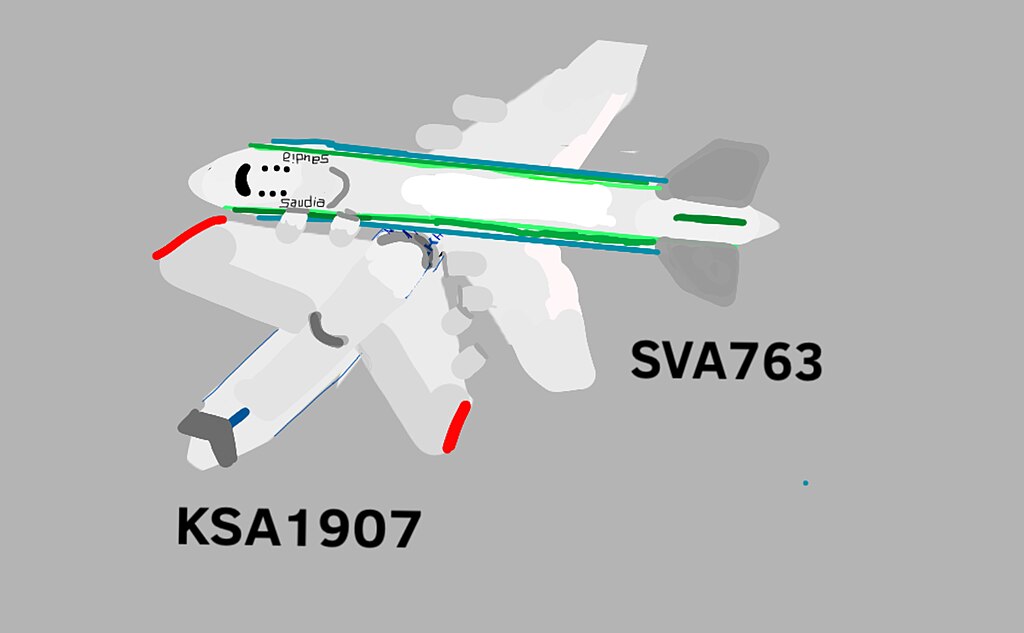
Photo: Ziongarage | Wikimedia Commons
There were mistakes from the aircraft of Saudi Airlines as well as Kazakhstan Airlines that led to the collision. Indian officials believed the Saudi airplane had not followed the instructions properly. Even though air traffic controllers instructed them to stay at 14,000 ft, the plane might have climbed to 15,000 ft and crashed into the Kazakh airplane, reported the New York Times:
“But while the transcript showed the Saudi plane’s pilot confirming that he had reached 14,000 feet and would remain there pending further instructions, and confirmed that the Kazak plane’s pilot had reported reaching 15,000 feet on his descent, it did not show the Kazak pilot confirming that he would remain at 15,000 feet”.
But why did Kazakh airplane descend below 15,000 ft?
VK Dutta had told the pilots of the Kazakh airplane to not descend below 15,000 ft. The audio recording from the black box showed that the pilots in the Kazakh airplane weren’t even listening (andto add more to it, understanding) properly to what the ATC was saying. a radio operator on the plane who was translating the messages from the ATC from English to Russian so that the pilots could understand. It was also found that the pilots in Kazakh Airlines were complaining to each other about the traffic congestion in Delhi.
An article published by The Week revealed the following:
“Charkhi Dadri collision revealed that the commander of the Kazakh Air flight could not follow the instructions given to him in English. He descended from the assigned height of 15,000 feet to 14,500 and further to 14,000 and even further because he misunderstood the instructions from the ATC”.
There was another problem with regard to Kazakhstan Airlines – its reputation. After Soviet Union broke up, Kazakhstan emerged as an independent nation. Following this path of independence, several countries demerged the Russian National Airlines into their own airlines – Kazakhstan Airlines was one of them. However, the new airlines thus formed didn’t have a good reputation. After all, Russia itself had produced iconic aircraft such as the Caspian Sea Monster among others, that didn’t fare as successfully as it would have wanted.
Kalinin K-7: Metal monster Russian aircraft that never quite made it
Los Angeles Times had even posted about an extraordinary case of “A teenager reportedly allowed to play pilot in the cockpit” leading to a crash of an Airbus aircraft, while The Guardian had even written a piece on how “alcohol and anxiety” were synonymous with Aeroflot, a carrier from Russia that used to even operate the first supersonic aircraft, the Tu-144. So the prevailing zeitgeist about the perception about the nations (and the airlines and other industries in them) associated with Soviet Russia was one of indiscipline.
One thing to note is that modern-day aviation consists of two corridors- one for departing airplanes and the other for incoming planes. But it wasn’t so in the 1990s. Finally, former Soviet States had also failed to catch up with modern aviation back then:
” Maddeningly for the rest of the world, the former Soviet states also followed the metric system, mapping distances in metres and kilometres while most countries worked with feet and nautical miles. This complicated communications and opened up room for error so it was essential for air traffic controllers to speak slowly and enunciate clearly.”
Not having a secondary Radars
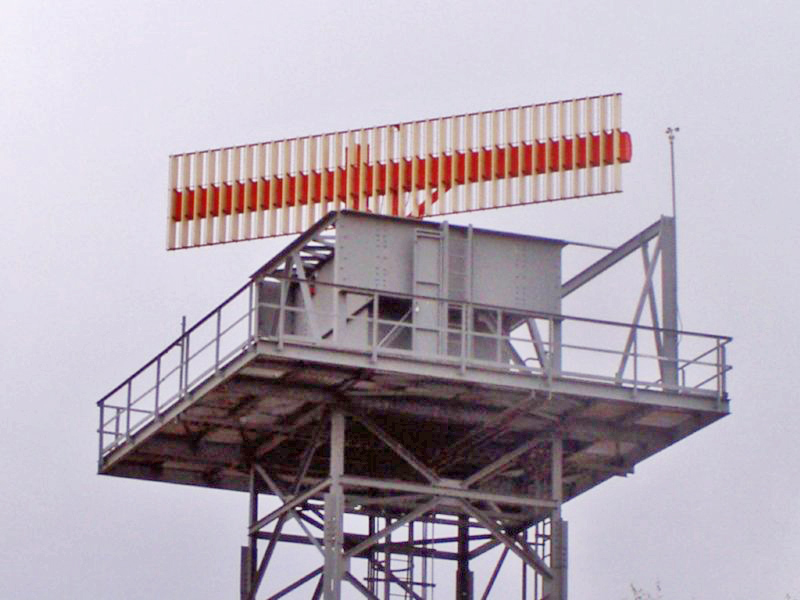
Photo: c.w. | Wikimedia Commons
secondary radars weren’t used at the time, so the ATCs had to rely on communication with the pilots. After this horrific air disaster happened, the Indian government, Indian officials, and aviation experts all around the world learned from this. They implemented many significant changes to the system to prevent such an accident from happening again. And thankfully, till now, such a mishap hasn’t occurred in India again. Since then, airplanes haven’t collided mid-air.
Why mid-air collisions haven’t been observed after this incident?
One of the biggest changes in modern aviation is that there are now separate air corridors for incoming and departing planes. This has contributed greatly to aviation safety. The other reason is the installation of secondary radar in India. For a number of years before the accident, The Directorate General of Civil Aviation, which also has policies on bird strikes, had been recommending to the Indian government to install secondary radars, only for the request to fall to deaf ears. But after this accident, the government w made it mandatory for all airplanes flying in its airspace to be fitted with the Traffic Collision Avoidance System (TCAS), with reports in Flight Global quoting:
“Director-general of civil aviation, H S Khosla, says that the move is a result of the November 1996 mid-air collision over New Delhi between a Saudi Arabian Airlines Boeing 747 and a Kazak Ilyushin Il-76. It will be compulsory for airlines to equip all their aircraft with a TCAS-II by 31 December, 1998. The system has so far been installed in just 17 of Air India’s 747s and two Boeing 737s recently imported by Jet Airways. The rules also specify that, after 31 December, aircraft with more than 30 seats which do not have TCAS can no longer be imported.”
Some other amendments followed later:
” All aeroplane having maximum certified passenger seating configuration of more than 30 or maximum payload capacity of more than 3 tonne, to be imported after 1st Jan. 2002 for the purpose of registration and operation within, to and from India shall be fitted with TCAS II with change 7 (equivalent to ACAS II). This requirement shall also apply to aeroplane taken on wet lease by Indian operators.”
Aftermath of the Chakri Dadri mid-air collision
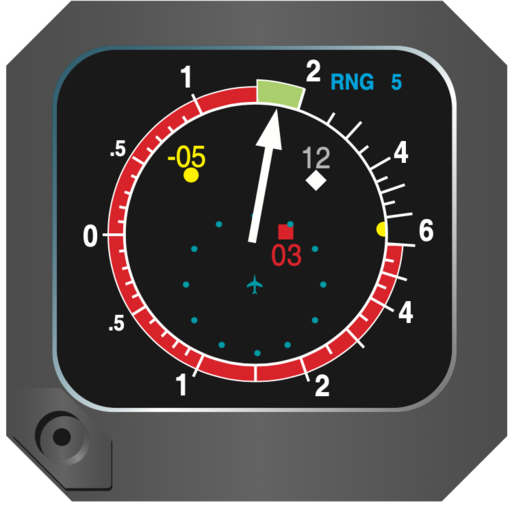
Photo: Federal Aviation Administration | Wikimedia Commons
Implementing the TCAS
TCAS rings an alarm in the airplane if any aircraft gets closer than 1,000 ft of vertical distance. Here are a few of its features:
- TCAS incorporates aircraft’s altitude, bearing, and range, and creates a three-dimensional map that helps identify the presence of other aircraft nearby.
- It has Traffic Advisories, which “are issued to help pilots visualize the imminent threat of an intruder aircraft” and Resolution Advisories that are “issued to ensure avoidance maneuvers are recommended to the pilot“.
- Each aircraft that is equipped with the TCAS system replies to interrogations via 1090 MHz radio frequency, while determining the presence of other aircraft within select ranges via the 1030 MHz.
English language Mandatory for Pilots
The other issue raised by this accident was the language and its nuances. AS mentioned in David Gero’s book “Aviation Disasters”:
“The failure of the Air Kazakhstan transport to maintain its assigned height was attributed to poor command of the English language by its pilots, which caused the misunderstanding between them and the controller, coupled with what the investigative report described as the crew’s ‘lack of professionalism’ and their poor cockpit discipline”
After this accident, In 1998, India raised this issue in front of the international community, in front of the ICAO to “take steps to ensure that air traffic control personnel and flight crews involved in flight operations in airspace where the use of the English language is required, are proficient in conducting and comprehending radiotelephony communications in the English language.” Eventually, India’s plea meant that English was chosen as the international language for aviation communication.
Today, if any pilot wants to fly an aircraft internationally, they must be well-versed in English. The rule is that to fly internationally, English is a must, but if it’s a domestic flight within the country, the rule might be subject to domestic rules.
